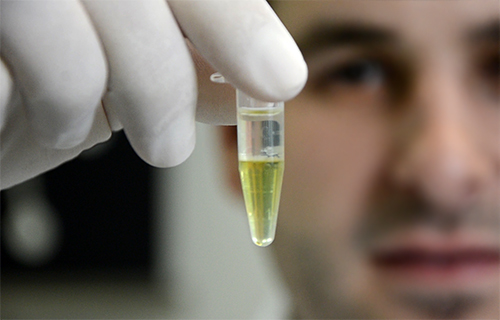
 The Center for Coastal Margin Observation & Prediction (CMOP) is a National Science Foundation Science and Technology Center (NSF STC) hosted at Oregon Health & Science University in partnership with Oregon State University and University of Washington. CMOP is the only NSF STC ever focused on coastal margins, and the only one ever headquartered in Oregon.
The Center for Coastal Margin Observation & Prediction (CMOP) is a National Science Foundation Science and Technology Center (NSF STC) hosted at Oregon Health & Science University in partnership with Oregon State University and University of Washington. CMOP is the only NSF STC ever focused on coastal margins, and the only one ever headquartered in Oregon.
© 2025 Center for Coastal Margin Observation & Prediction


